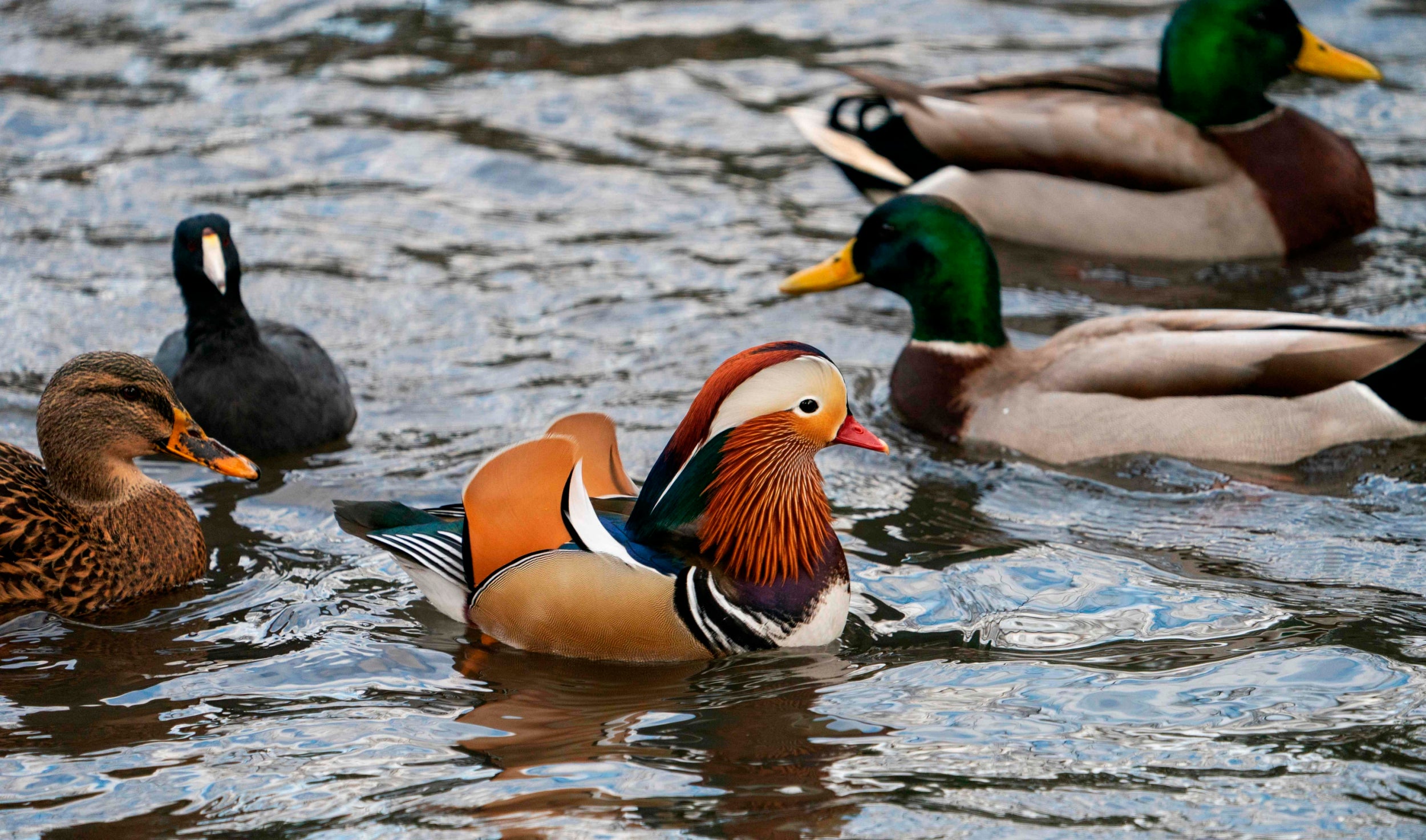The Independent's journalism is supported by our readers. When you purchase through links on our site, we may earn commission.
The world's museums are in a Twitter battle over who has the best duck artefacts – time to declare the winner
One of Britain's most eminent ornithologists hands out the gongs after an almighty social media tussle – and the winner might surprise you

Your support helps us to tell the story
From reproductive rights to climate change to Big Tech, The Independent is on the ground when the story is developing. Whether it's investigating the financials of Elon Musk's pro-Trump PAC or producing our latest documentary, 'The A Word', which shines a light on the American women fighting for reproductive rights, we know how important it is to parse out the facts from the messaging.
At such a critical moment in US history, we need reporters on the ground. Your donation allows us to keep sending journalists to speak to both sides of the story.
The Independent is trusted by Americans across the entire political spectrum. And unlike many other quality news outlets, we choose not to lock Americans out of our reporting and analysis with paywalls. We believe quality journalism should be available to everyone, paid for by those who can afford it.
Your support makes all the difference.Sometimes the internet is a lovely place to be. On Friday afternoon the Museum of English Rural Life issued a direct and intriguing Twitter challenge to one of its far more illustrious peers.
“hey @britishmuseum give us your best duck”
What followed was an absolute delight.
Collections from around the world piled in to show off their own artefacts: The Tate; the J. Paul Getty Museum; the Toronto Textile Museum. The thread has been shared by thousands, with "entries" flooding in all through the day.
Now, what’s the use of a competition without a winner? Brexit may confound us, but here is a vexing question that we can decide once and for all. I’m a professor of zoology at the University of Sheffield and have studied ducks and other water birds for many decades. I have been asked to deliver this pressing verdict. What is, definitively, the “best duck” from this mega thread?
Well, in third place is an honourable mention for all the non-museum types who have taken up this important challenge, represented here by user Rosewind, whose unsolicited duck is gliding mesmerically across the mirrored water.
In second place is The British Museum itself, whose frantic trawl through the archives threw up this Egyptian beauty!
But in joint first place is the Natural History Museum in Rotterdam and the Vagina Museum with their recollection of the notorious Dead Duck Day.
This brought us the extraordinary tale of a male mallard hard-wired for sex – an enthusiasm driven by a phallus and which sometimes drives him to necrophilia.
Of course! you say, but this is unusual, for a phallus is a feature few birds possess. And what an organ! Normally, “sexcalibur” is packed away out of sight. But with the right stimulus (a lady duck), and driven by a surge of lymph, his pocket rocket springs into life from its hiding place in the male’s groin.
Shaped like a cork-screw, his penis has evolved to facilitate what scientists euphemistically call “forced matings” – the unwanted sexual advances of a desperately promiscuous male.
The unfortunate females appear have little say in the matter, but in fact they have a remarkable counter-adaptation up their sleeve – and it was a colleague Patty Brennan, and I that discovered this in 2007.
Not so coincidentally, a duck’s vagina is also shaped like a cork-screw, but crucially, one that spirals the opposite way to the male’s penis. All the lady duck has to do is to clench her spiral to put an end to Donald’s unwanted attention, rendering him as defunct as a dead duck.
There’s something else to celebrate then, as we glory in some of the world’s most niche collections of avian art and culture.
Tim Birkhead is a professor of zoology at the University of Sheffield and co-author of Ten Thousand Birds: Ornithology Since Darwin
Join our commenting forum
Join thought-provoking conversations, follow other Independent readers and see their replies
Comments